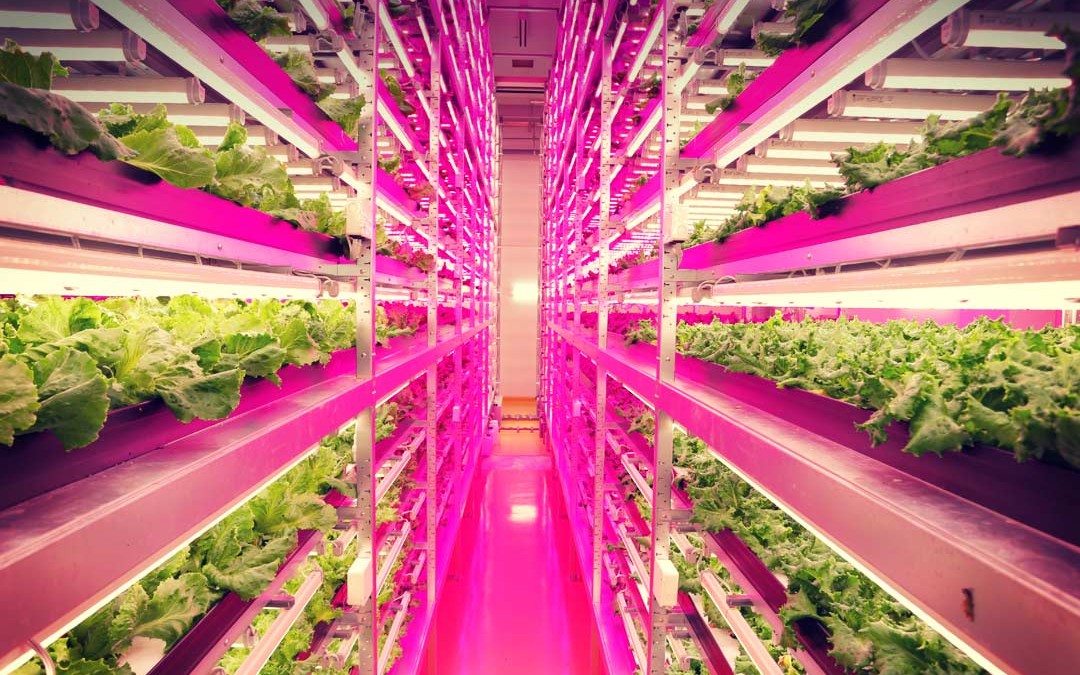
Imagine the farm where the veggies you buy grow: sun, water, a plow. But if you think you need all of this to grow food at a large scale, LED power says: think again.
Using LED bulbs developed by GE, 40 percent less power, 80 percent less food waste and 99 percent less water usage, Shigeharu Shimamura turned a former Sony semiconductor factory in Japan’s Miyagi Prefecture into the planet’s biggest interior hydroponic farm. It’s the world’s largest indoor farm and it’s 100 times more productive than outdoor conventional methods.
Watch this video to experience the LED-powered indoor farm:
Hydroponics has grown in popularity recently as climate change poses new challenges to traditional outdoor growing methods, and waste valuable resources. Shimamura’s energy and space saving ideas, though, have taken hydroponics to a new level.
So, how do they do it?
About 17,500 LED lights over across 18 cultivation racks, each standing 16 levels tall, are used in conjunction with tightly regulated temperature and humidity levels within this productive grow room.
Just 25,000 of square feet produces 10,000 heads of lettuce per day. The cycles of days and nights have been shortened, growing food faster, utilizing a core-less lettuce variant to reduce waste, and maintaining water so it’s not lost to soil. But with a half automated/half manual function method of growing and harvesting, this artificial environment produces some very real results.
This big idea grew out of the rubble of the 2011 earthquake and tsunami that shook Japan, leaving food shortages in its wake and radiation contamination from the Fukushima nuclear plant disaster. The hydroponic farm helped repurpose a building left abandoned in the aftermath, and feed communities with fresh greens that had could no longer grow.
According to weburbanist.com Shimamura got the production idea as a teenager, when he visited a ‘vegetable factory’ at the Expo ’85 world’s fair in Tsukuba, Japan. He was inspired to study plant physiology at the prestigious Tokyo University of Agriculture, and started an indoor farming company in 2004 called Mirai—meaning future.
Shimamura believes that technology will make it possible to produce almost any kind of plant in a factory setting, including medicinal plants
What’s amazing about this type of expansion and refinement are the opportunities that lie ahead in thinking about climate-controlled areas, or localities with food shortages. Indoor vertical farms could be the answer to a more sustainable, cost-efficient, space-saving farming technique.
What’s the freshest news about these greens?
Shimamura’s indoor farming company, Mirai, is working with GE to set up new facilities using the same technologies in Hong Kong, with Mongolia, Russia and mainland China, focusing on jam-packed areas with geographical limitations to fresh foods.
These methods are popping up in the U.S., like in Chicago with Green Sense Farms. And given the efficiency seen so far in Japan, we could be looking at the next big green opportunity.


